Lawrence Neal
Counterfactual State Explanations for Reinforcement Learning Agents via Generative Deep Learning
Jan 29, 2021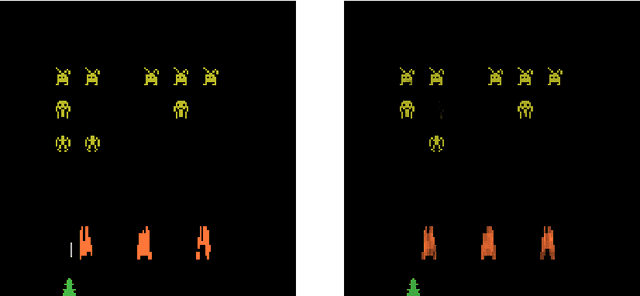

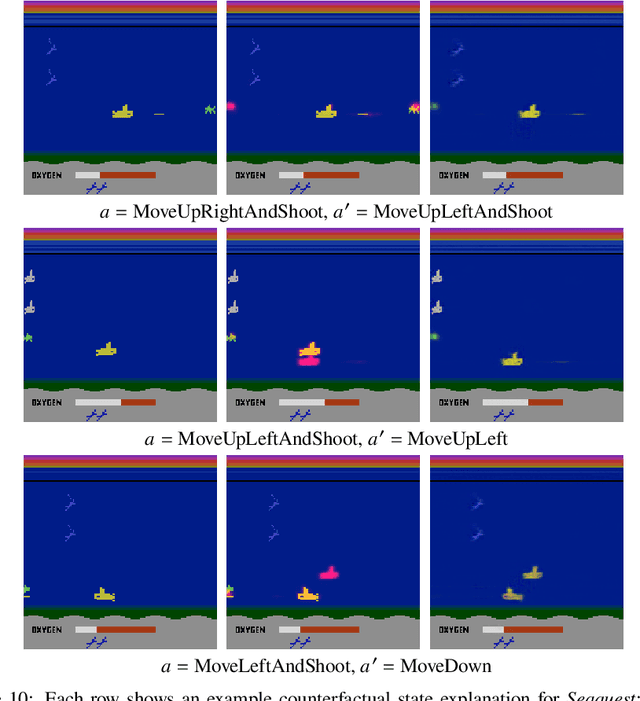
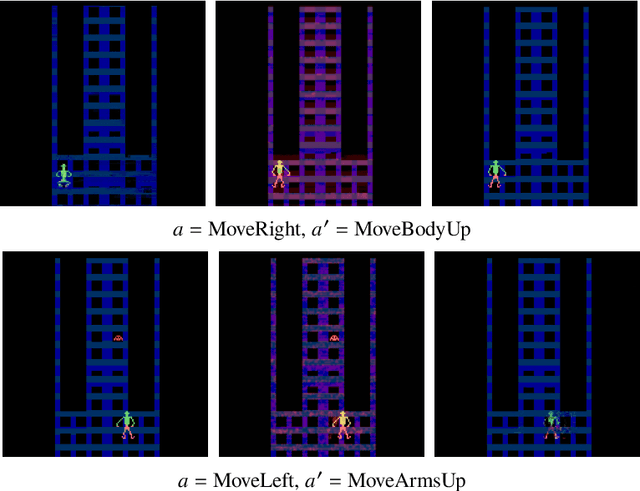
Abstract:Counterfactual explanations, which deal with "why not?" scenarios, can provide insightful explanations to an AI agent's behavior. In this work, we focus on generating counterfactual explanations for deep reinforcement learning (RL) agents which operate in visual input environments like Atari. We introduce counterfactual state explanations, a novel example-based approach to counterfactual explanations based on generative deep learning. Specifically, a counterfactual state illustrates what minimal change is needed to an Atari game image such that the agent chooses a different action. We also evaluate the effectiveness of counterfactual states on human participants who are not machine learning experts. Our first user study investigates if humans can discern if the counterfactual state explanations are produced by the actual game or produced by a generative deep learning approach. Our second user study investigates if counterfactual state explanations can help non-expert participants identify a flawed agent; we compare against a baseline approach based on a nearest neighbor explanation which uses images from the actual game. Our results indicate that counterfactual state explanations have sufficient fidelity to the actual game images to enable non-experts to more effectively identify a flawed RL agent compared to the nearest neighbor baseline and to having no explanation at all.
* Full source code available at https://github.com/mattolson93/counterfactual-state-explanations
Counterfactual States for Atari Agents via Generative Deep Learning
Sep 27, 2019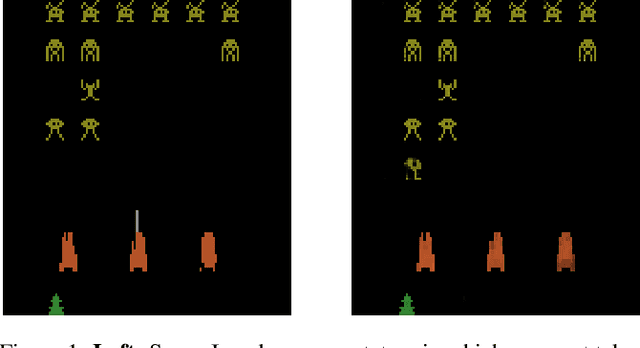
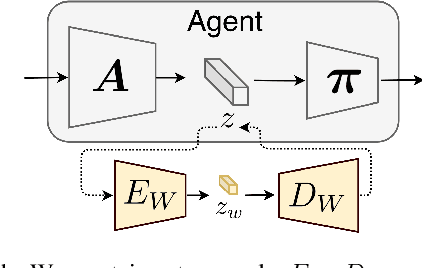
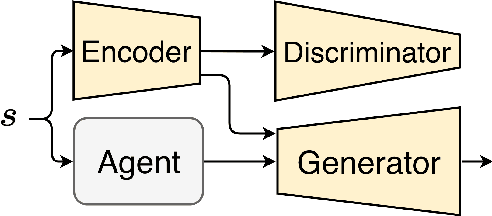

Abstract:Although deep reinforcement learning agents have produced impressive results in many domains, their decision making is difficult to explain to humans. To address this problem, past work has mainly focused on explaining why an action was chosen in a given state. A different type of explanation that is useful is a counterfactual, which deals with "what if?" scenarios. In this work, we introduce the concept of a counterfactual state to help humans gain a better understanding of what would need to change (minimally) in an Atari game image for the agent to choose a different action. We introduce a novel method to create counterfactual states from a generative deep learning architecture. In addition, we evaluate the effectiveness of counterfactual states on human participants who are not machine learning experts. Our user study results suggest that our generated counterfactual states are useful in helping non-expert participants gain a better understanding of an agent's decision making process.
 Add to Chrome
Add to Chrome Add to Firefox
Add to Firefox Add to Edge
Add to Edge